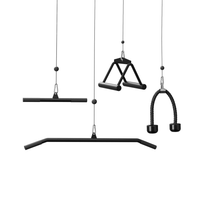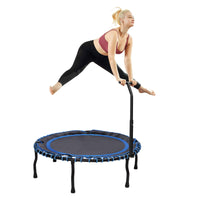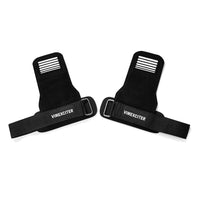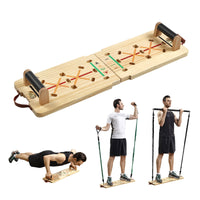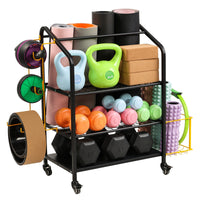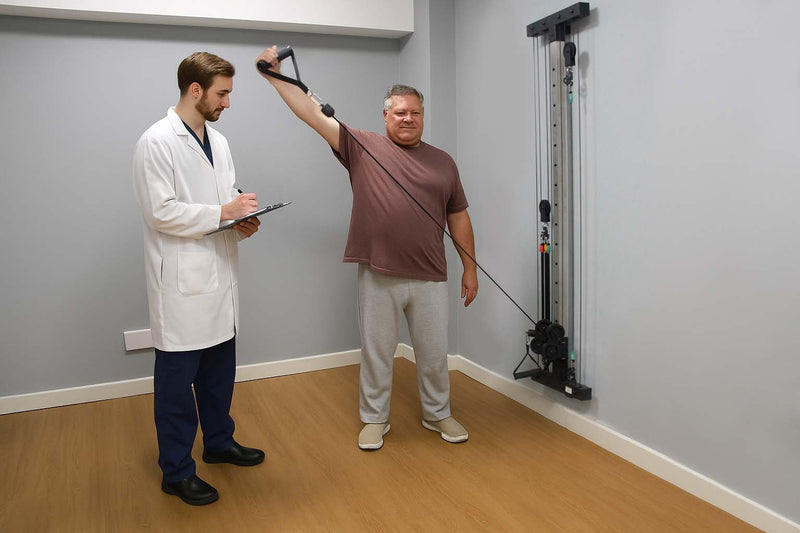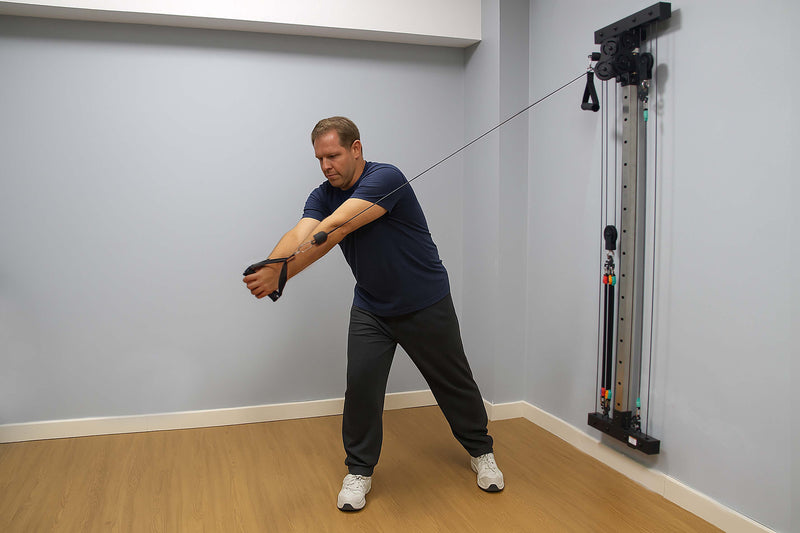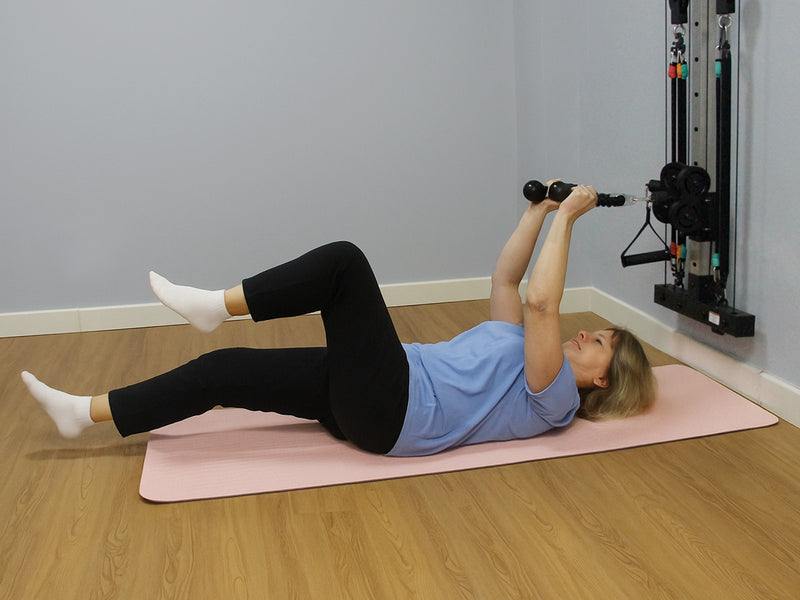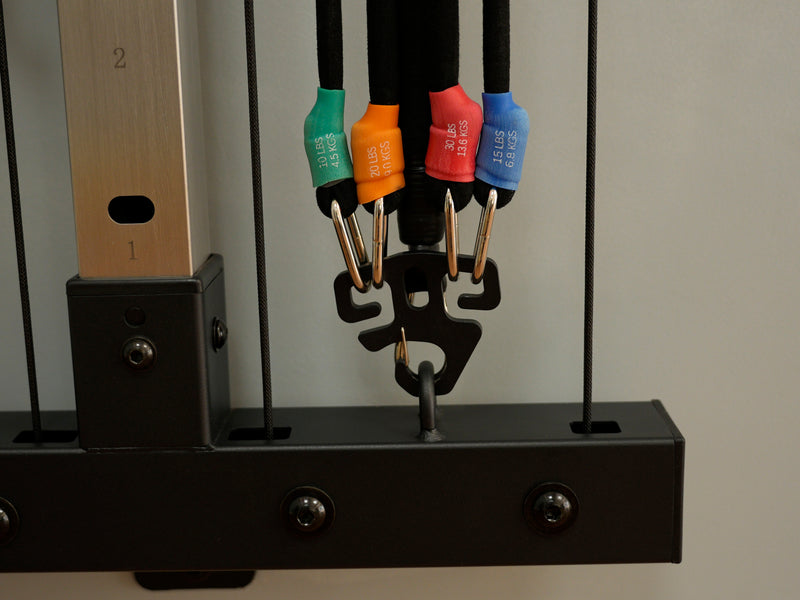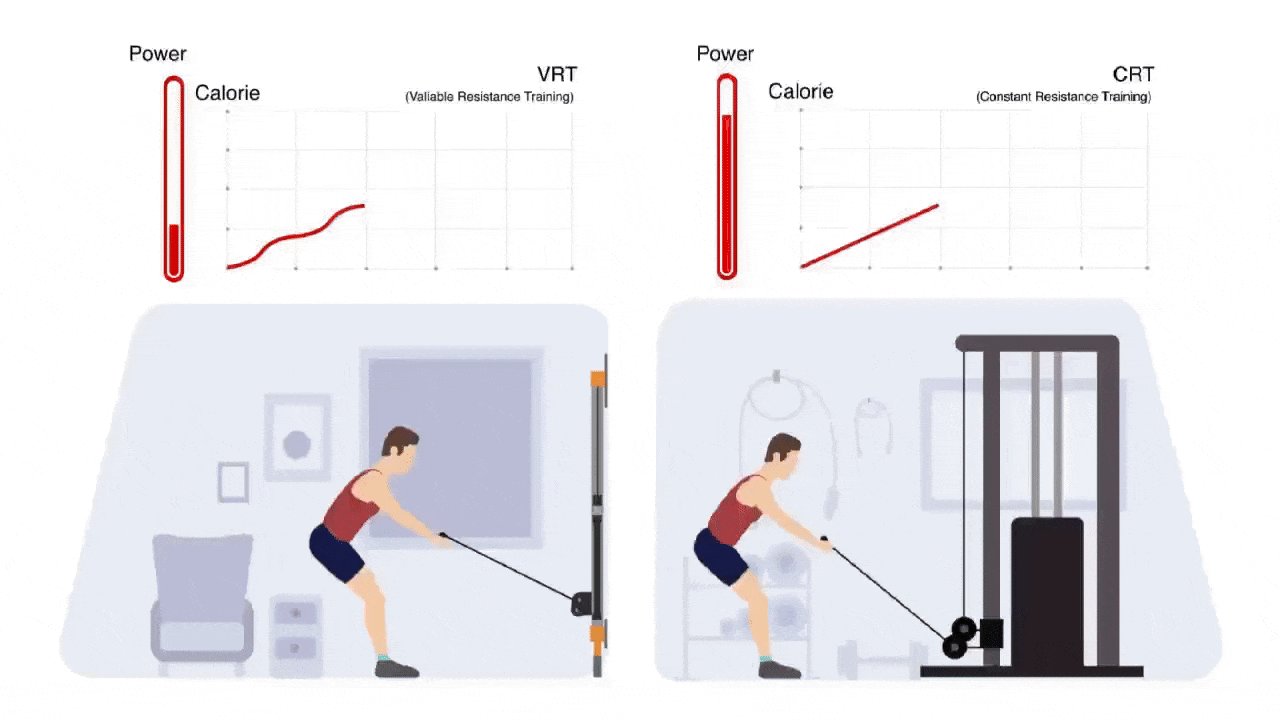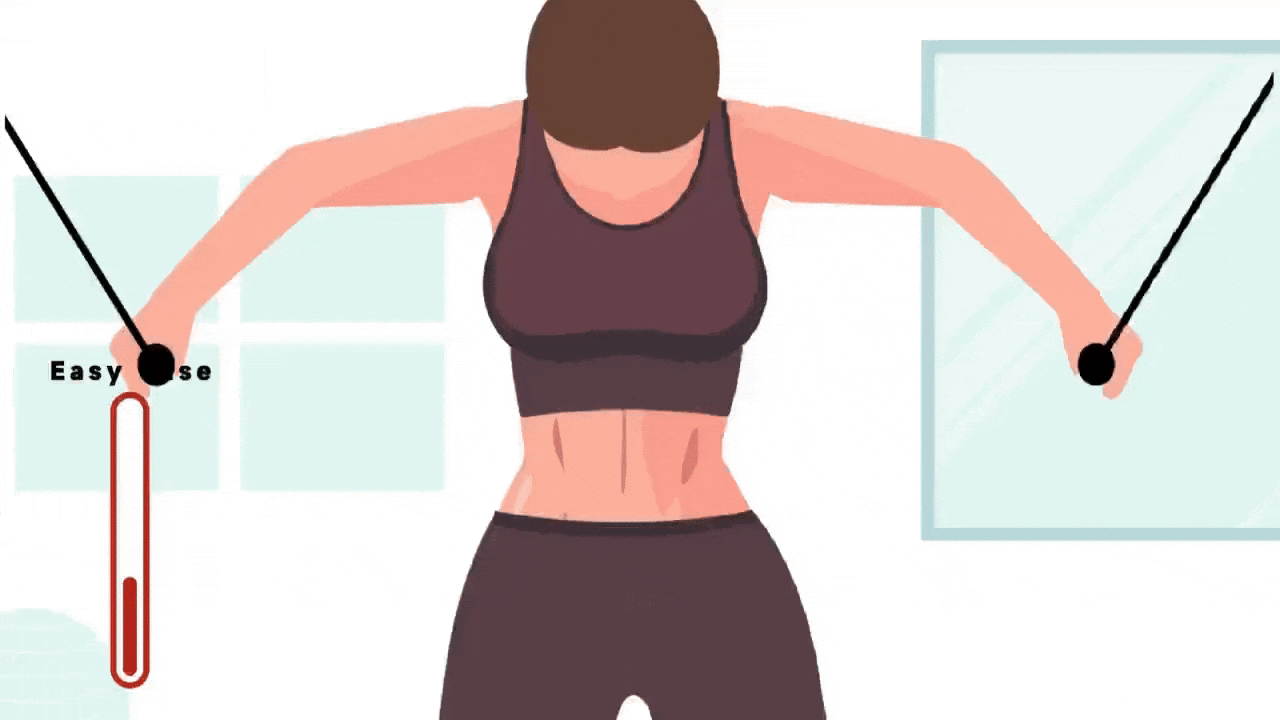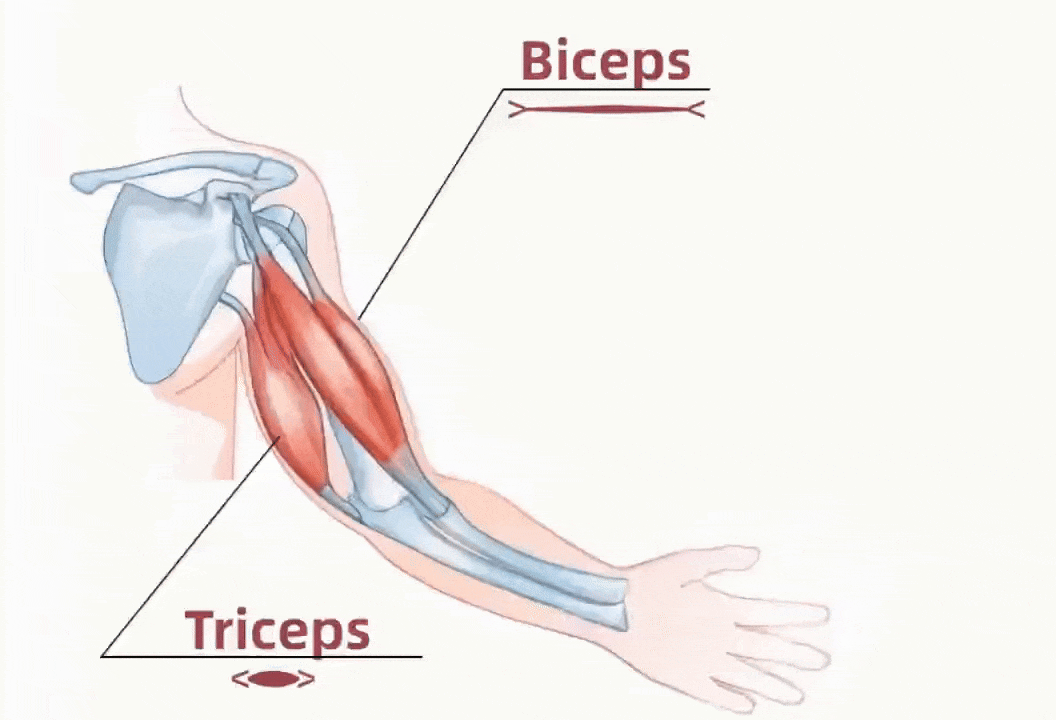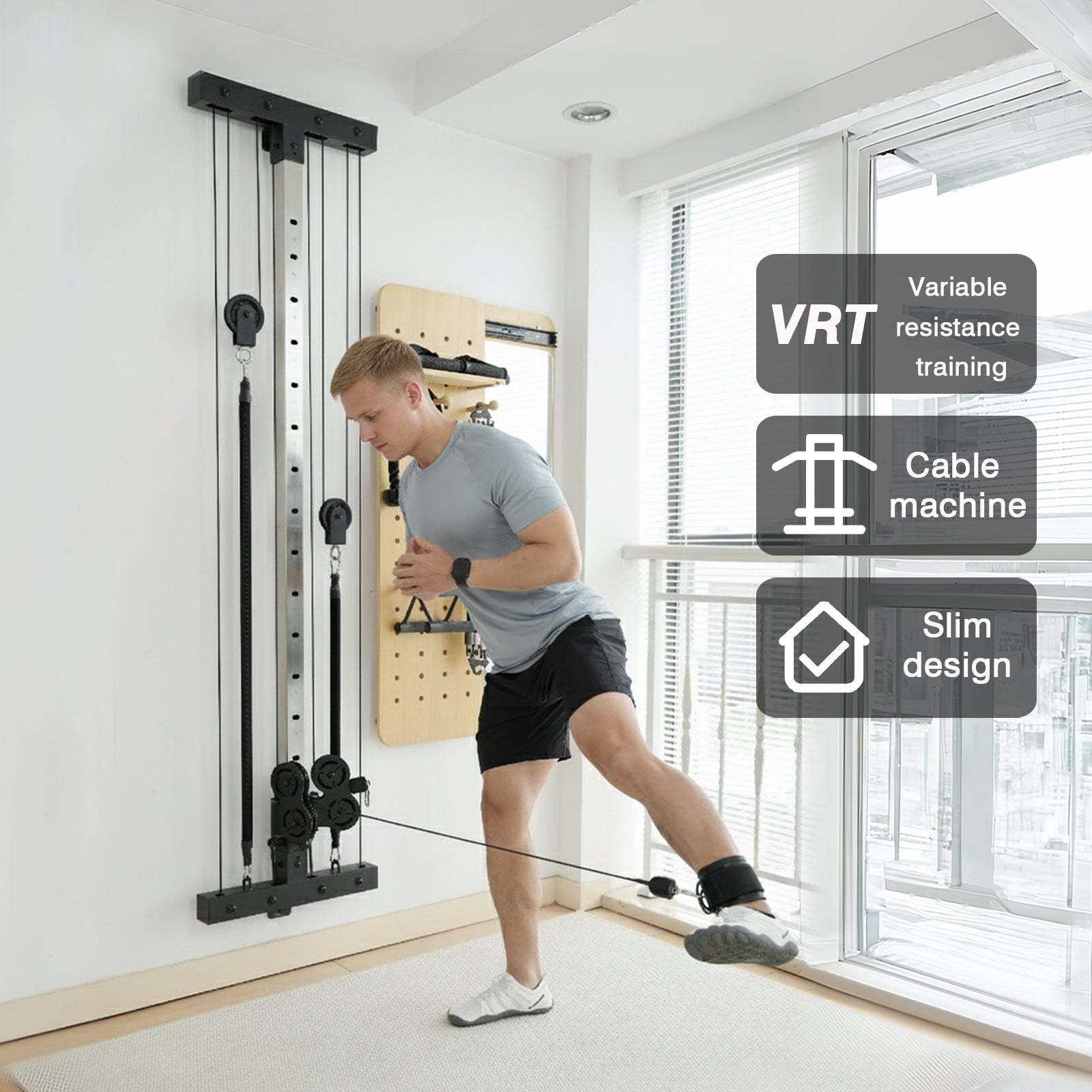
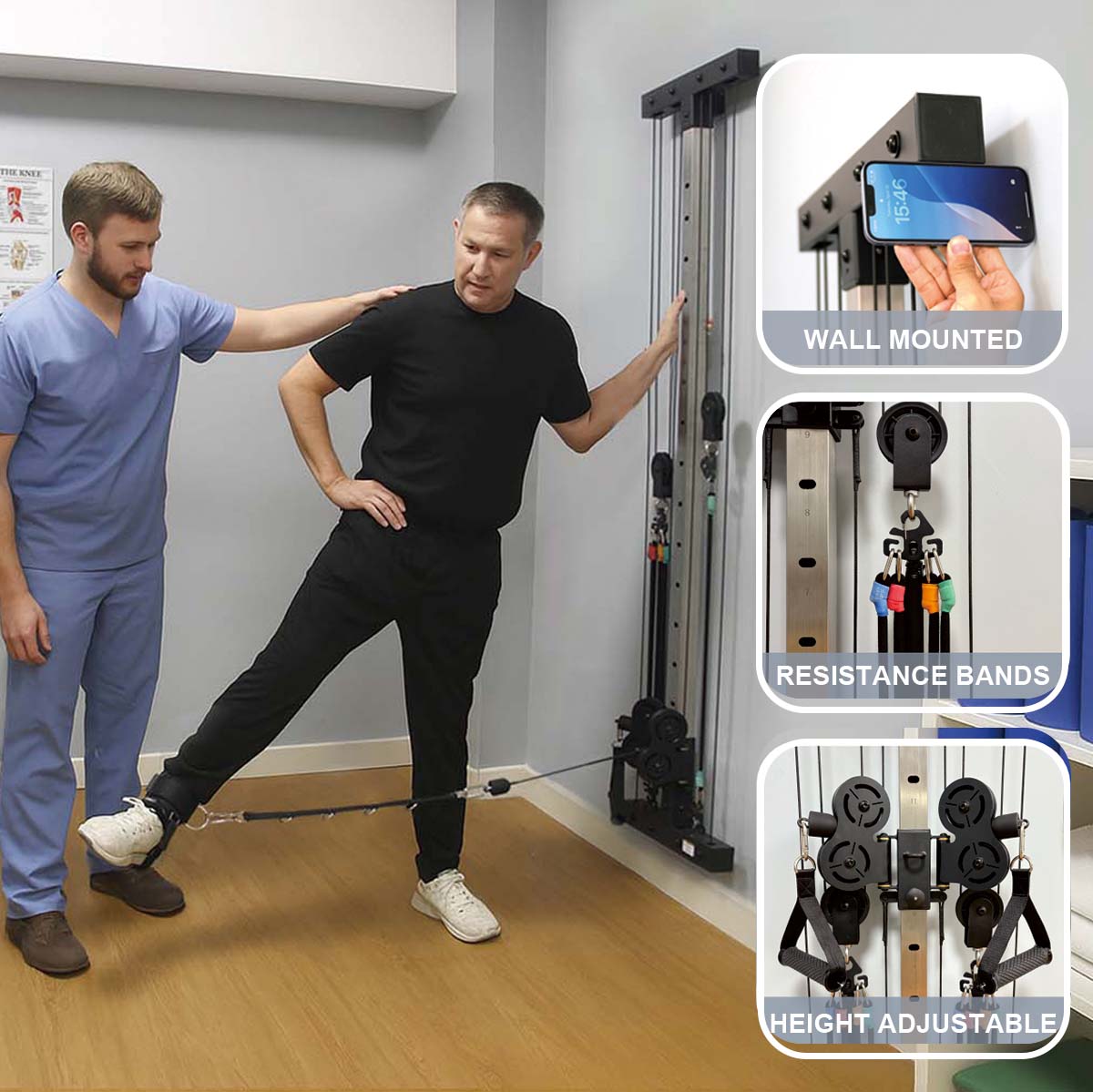

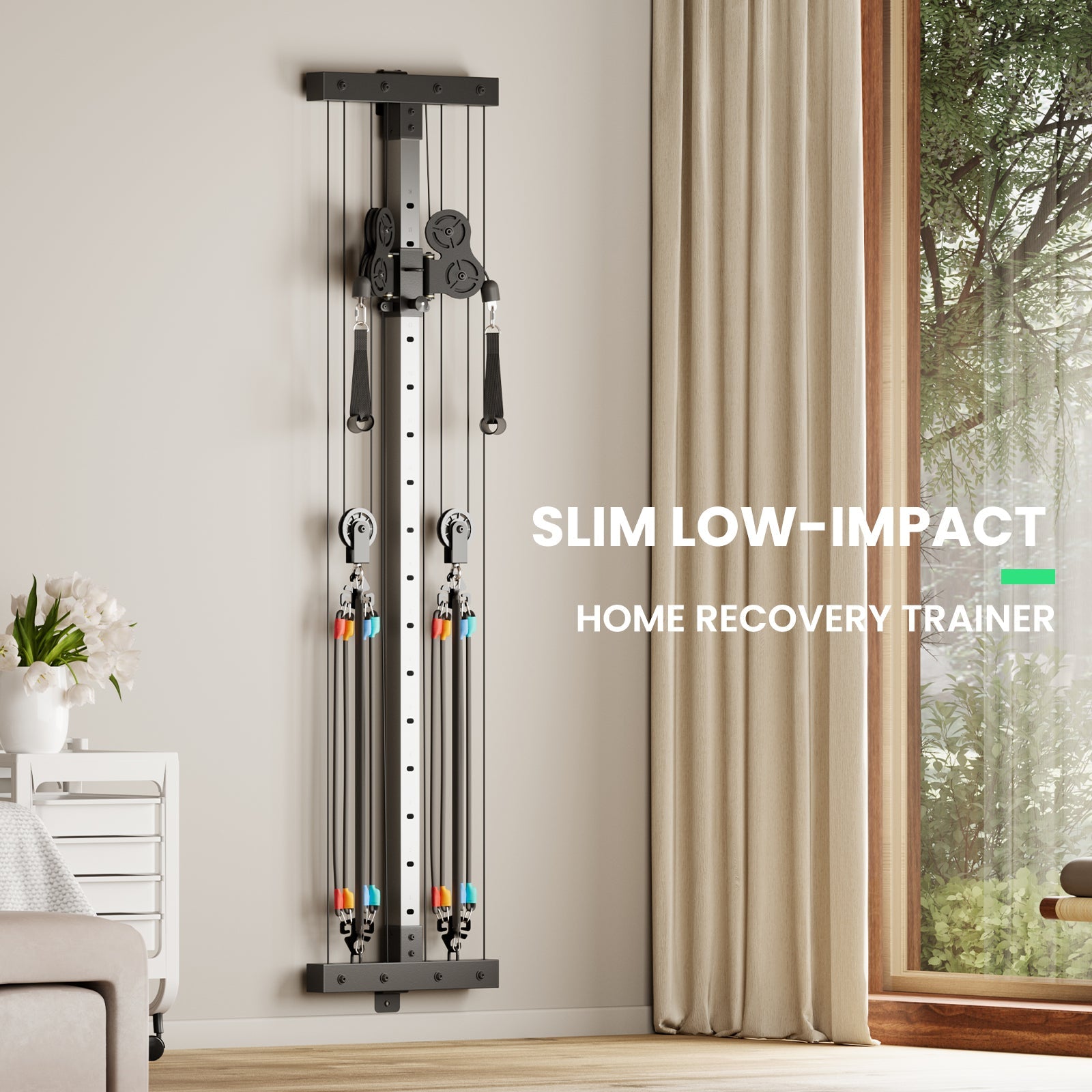

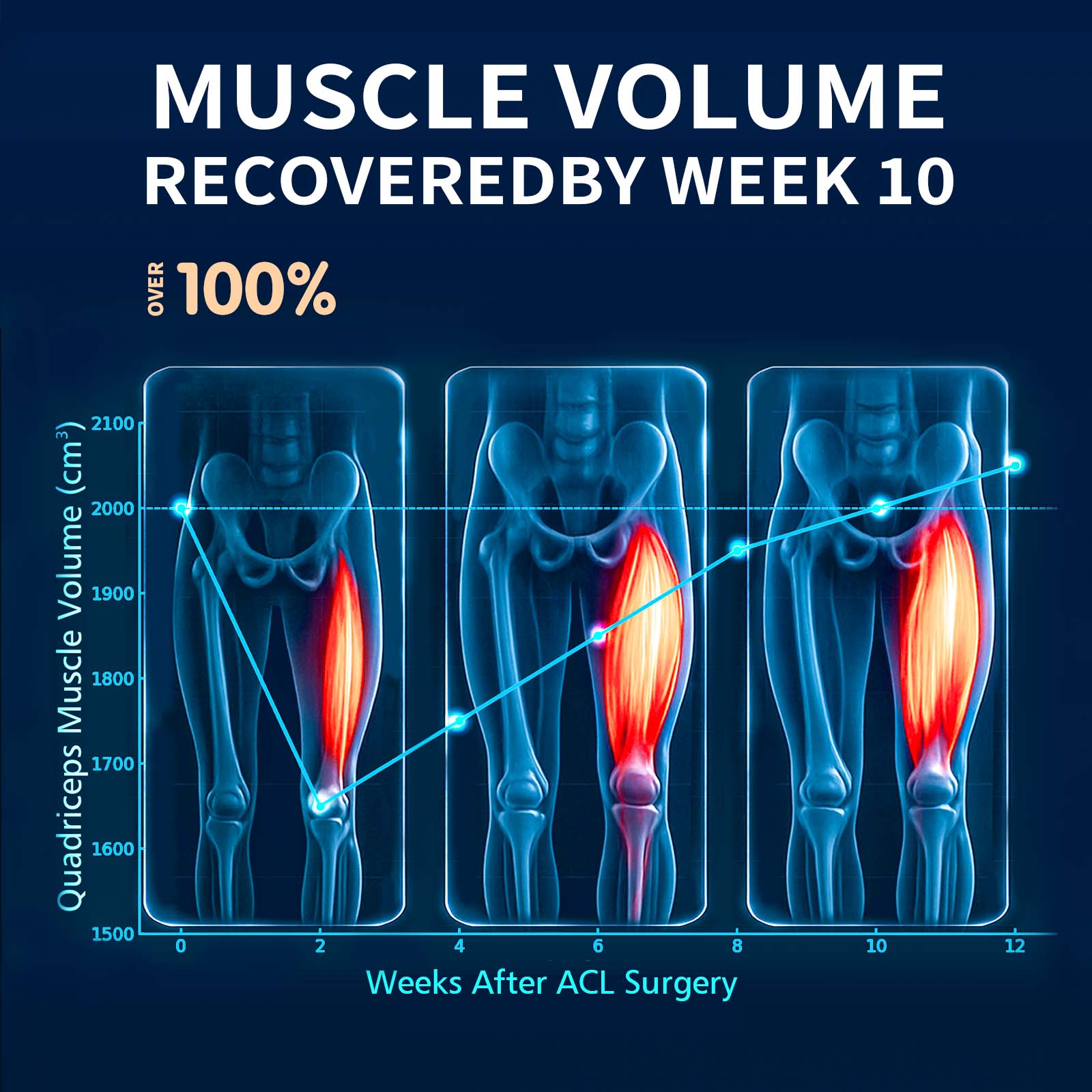
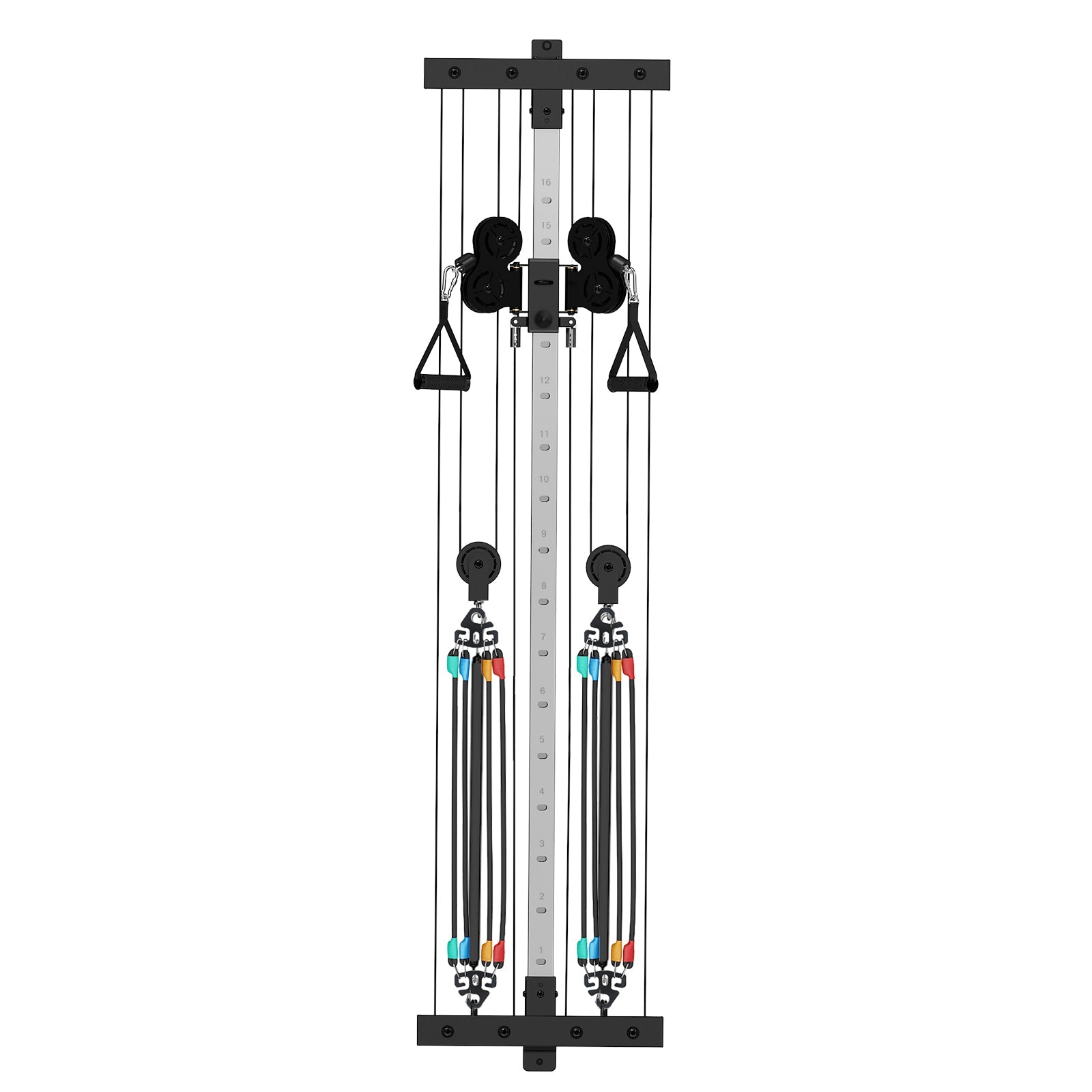
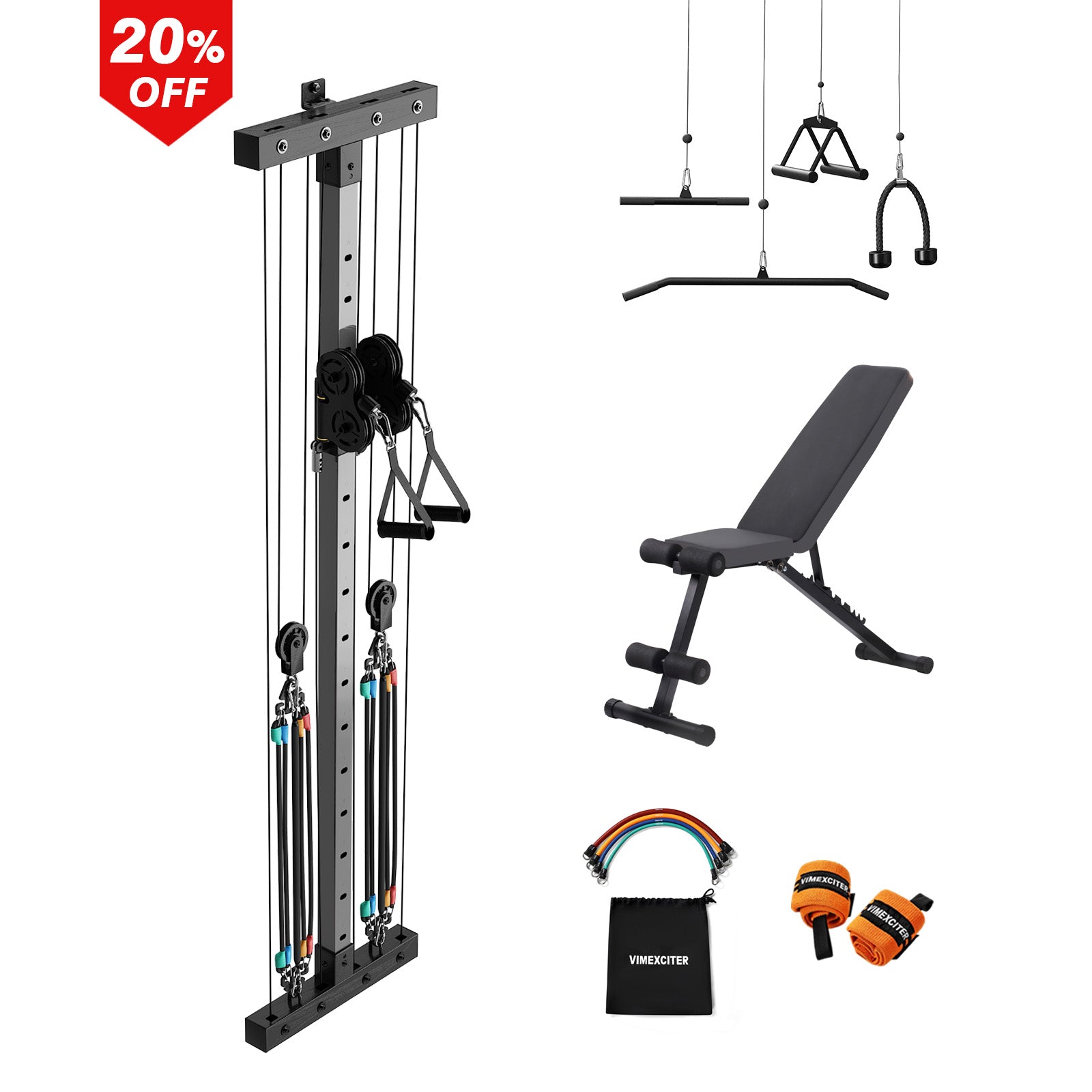
Slim Low-Impact Home Recovery Functional Trainer
Designed for those easing back into movement, this low-impact training solution supports strength, mobility, and confidence — right at home. Whether you're staying active with age, rebuilding after downtime, or simply training smarter, it's the tool professionals trust for gentle, effective results.
- 250 LBS (114 KG) Resistance Included
- Supports Up to 2 Users Simultaneously
- Only take 0.7 ft² set-in
- 16 Adjustable Levels

Rehab from Head to Toe — All in One System
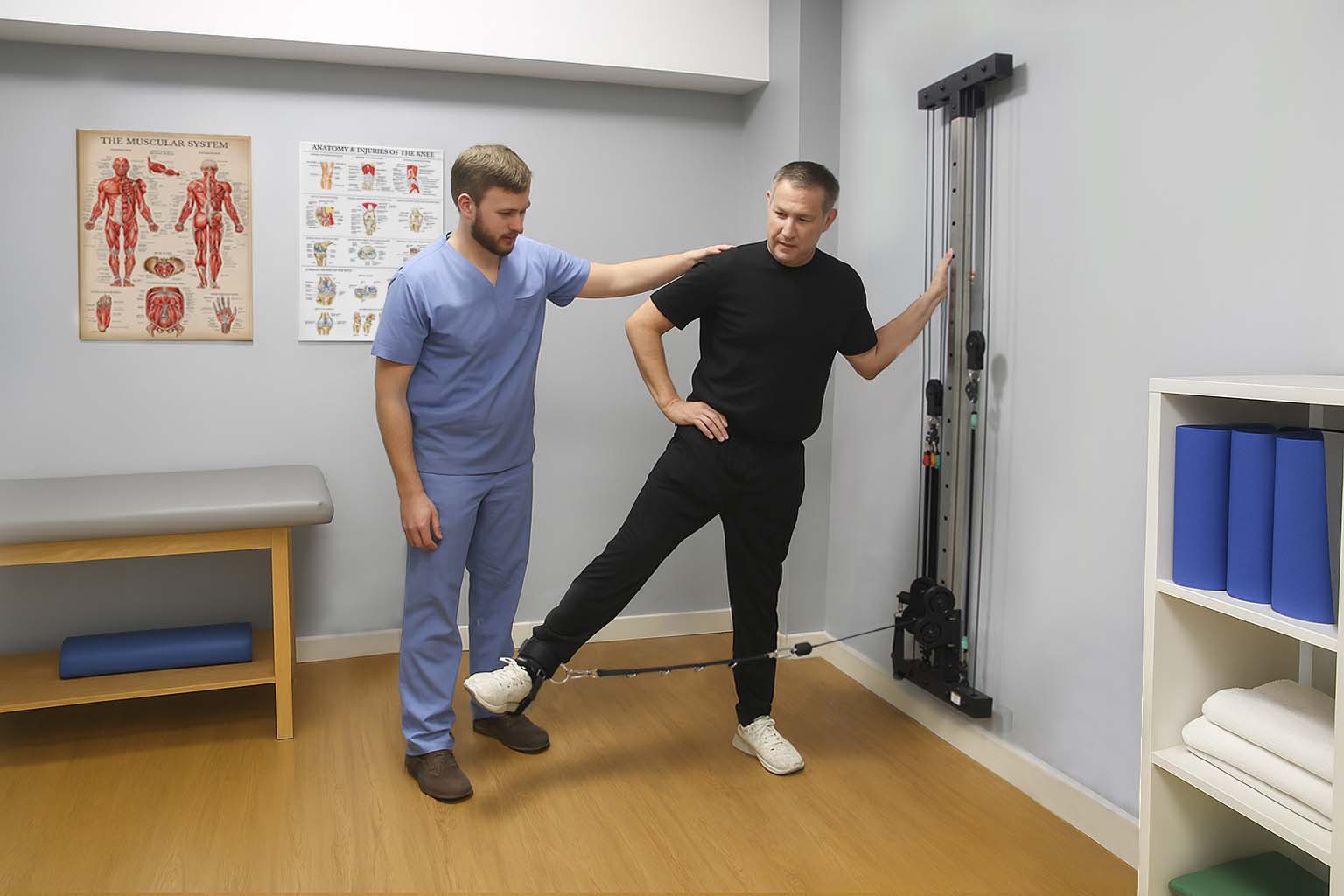
Low-Impact for Safer Recovery
Resistance bands ensure tension builds gradually—never snapping into place or overloading your joints. All movements stay within your control, whether you’re pulling from a chair or adjusting the handle height to reduce reach and strain.
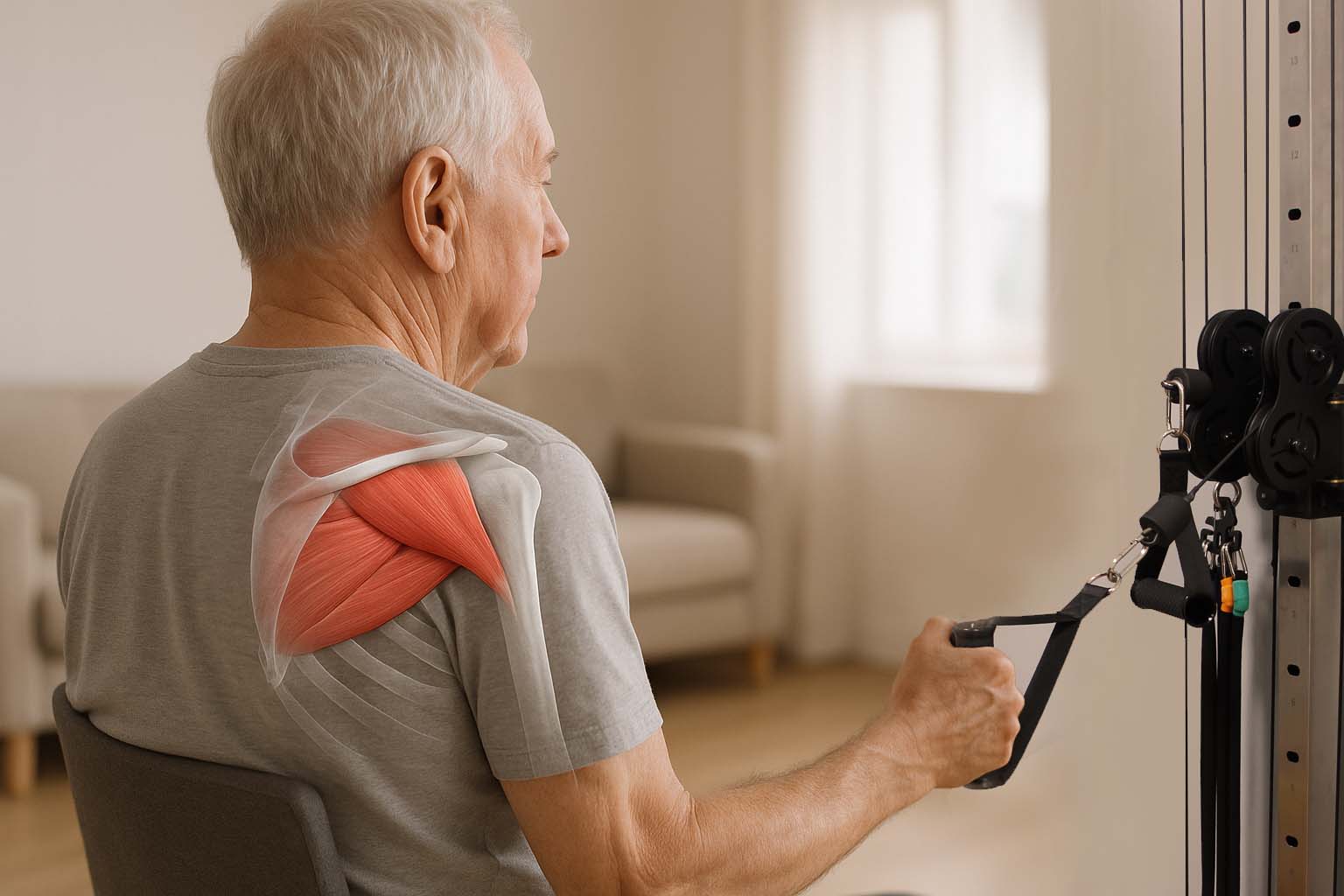
Variable Resistance for Everyday Recovery
Resistance bands provide smooth, joint-friendly tension—ideal for rebuilding strength and mobility. Adjustable height and seated access make it easy to follow rehab routines at home.

Only 0.7 Square Feet
Takes up just 0.7 square feet and weighs 32 lbs. Pre-assembled and wall-mountable in under 30 minutes—designed for simple setup wherever you need it
Dimension
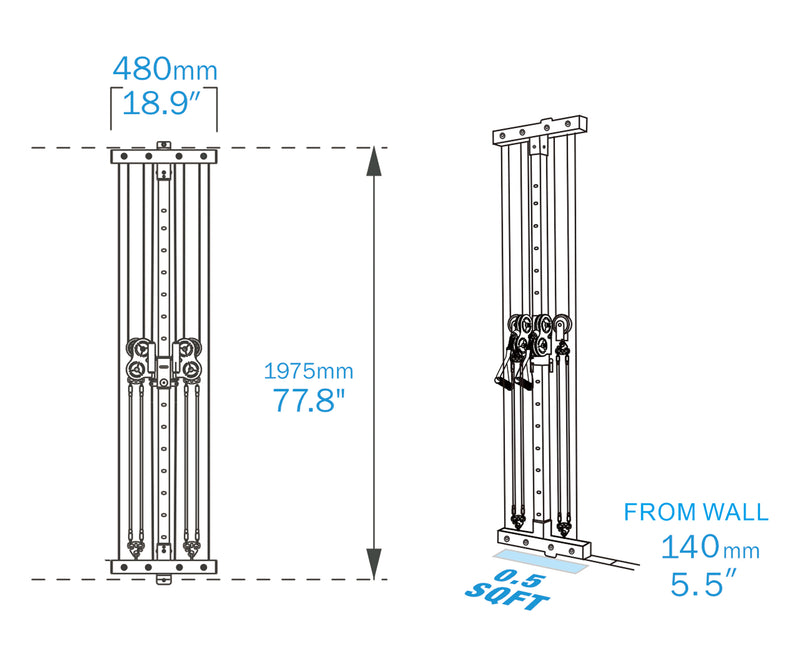
Assembly

Why MF04 Is Built for Rehab Training?








